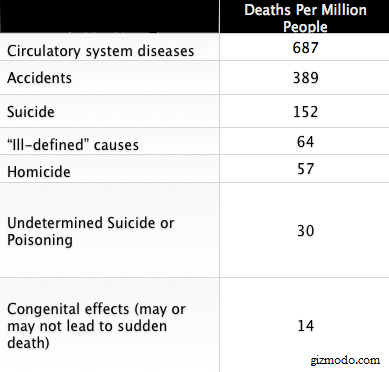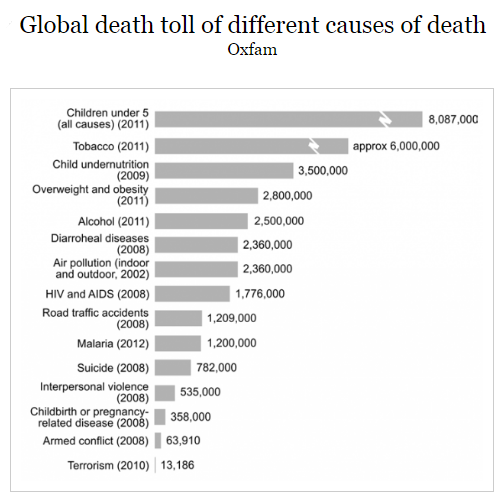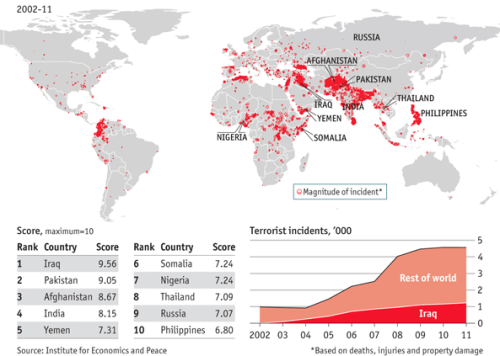All Finite Recursions are Infinitely Deep
So Eliezer has argued that all infinite recursions are at most three layers deep.
After all, you can argue about the object level, the rules for arguing, and the rules for arguing about arguing – but any “deeper” argument is still just another form of arguing about the rules for arguing about arguing.
I think the opposite is also true. All finite recursions are in fact extremely deep, perhaps hyperbolically so. And everybody involved has lost sight of the object level so long ago that they’ve forgotten what “object level” looks like, and will only occasionally take a step back from attempting to crack the ceiling and make room for yet another layer of meta to glance at the layer of meta-meta immediately below the current meta-meta-meta-level they’re standing on while congratulating themselves for getting down to basics.
Consider the following example.
People invented property rights to simplify and organize resources. This person owns that thing, and they get to use it.
Sometimes they could get pretty complicated – that person inherited that thing from his grandfather who stole it from her, but she originally paid for it with money she had no right to anyway, and the current owner is in debt for more money than the thing is worth and they’ve mortgaged it to a fourth party who says they partially own it now until the mortgage is paid – but it’s simpler than allocating everything individually, which only works in groups of a few people.
Because property rights and other rules of society are so complicated, you need a centralized government to run them. After some experimentation, people created nation-states, meta-groups of people who would meta-own an area – and anything in that area – and run the ownership rules, which (as we noted) could get quite complicated.
After a while of these meta-owners (or “rulers”) getting into trouble over things they meta-owned – causing inheritance disputes over who meta-owned (“ruled”) what land, having stuff stolen and starting fights, trying to sell parts of it to cover their real debts and meta-debts they incurred from the previous – they (re) invented democracy, which simplified things to keep track of who was in charge of which place. Everyone would vote regularly, and the people who won the vote would run things.
In order to better organize voting blocks, make compromises, and establish coalitions and common ground, political parties were formed. Pretty soon, these conglomerated into two main groups, which were stable even as every constituent part of them changed and their “real” political positions altered.
Of course, it didn’t take long before people realized that two political parties could form a spectrum; with people who were abhorrent to the other party at the far end, typical members closer in, and people who were unusually palatable to the other group toward the middle.
Cultures and subcultures grew up directly attached to their place on the spectrum – sometimes even after it had moved – and with deep ideological ideas about the nature of the spectrum and it’s place in the universe.
Soon a well-recognized cycle developed; each generation would adopt views toward the edge of the spectrum, which would move toward the centre as they grew and absorbed other groups, eventually scaring the crap out of everyone theoretically on both sides in the middle. This cycle repeated itself and became a well-established fixture; many groups even adopted their identity based on it.
Some people began to complain that they were losing out based on the signalling of their place in the cycle – the Establishment was keeping them down, they weren’t hip enough, etc.
Discussions of this signalling became a major topic of discussion in themselves. Was our media being dominated by faux-conservatives trying to pretend their latest fad was Ancient Tradition? Were progressives ruining everything by insisting everyone stuck to their latest stupid idea?
Anyway, a century or so after that, we’re in the middle of a university campus.
Support for Donald Trump (yes, this article, like all articles, is now about Donald) – a wealthy atheist who’s in favour of abortion, gay marriage, and legal immigration; who openly, constantly lies; and whose policies are almost entirely “keep doing things the United States is already doing” – is being called “disruptive to free speech” and “deeply offensive to Latinos”; Trump-ish slogans, posted on a “free speech wall” on campus, have resulted in cancelled events and talk of mandatory sensitivity training.
How many layers of meta are we on, again?


